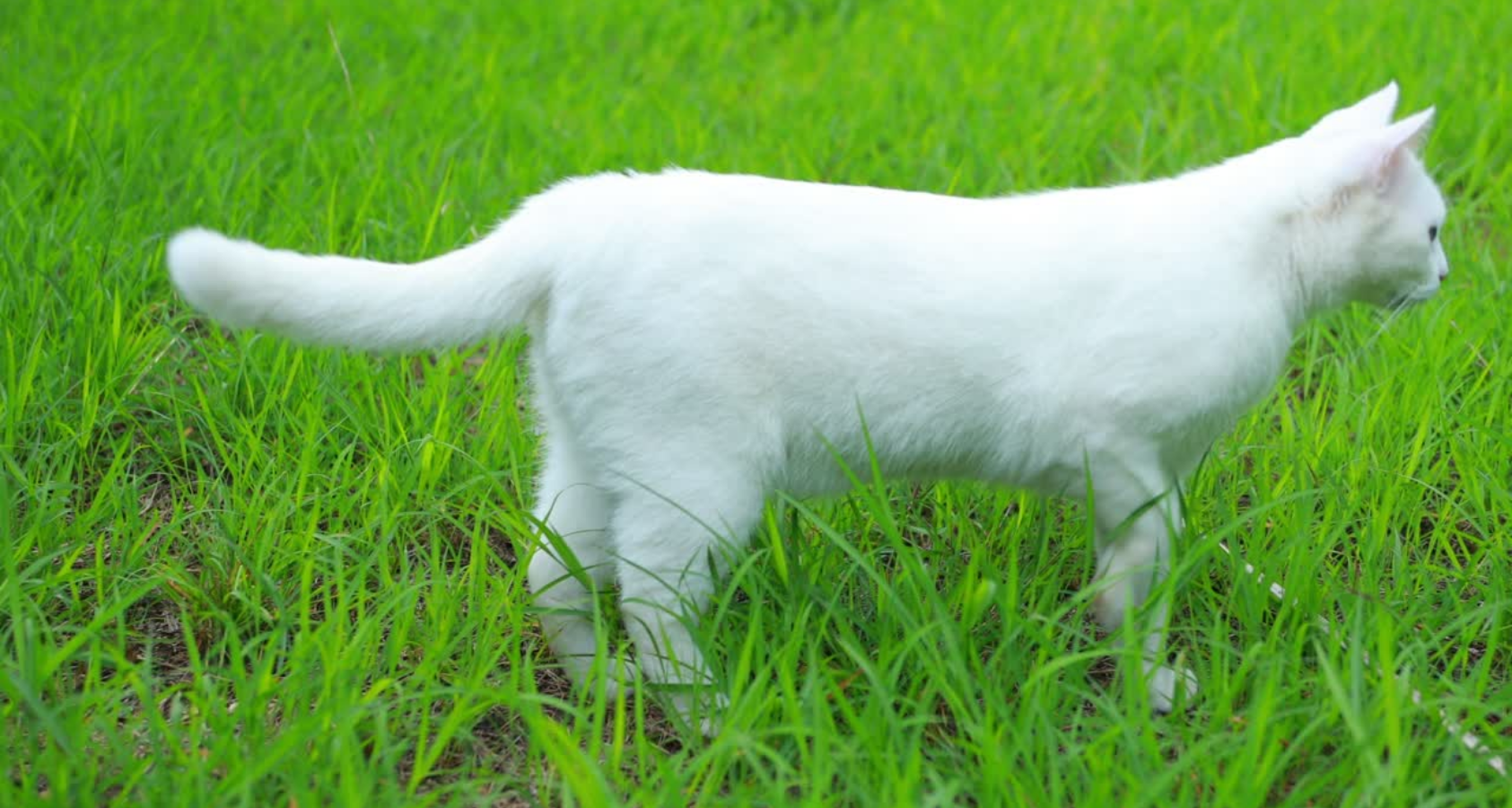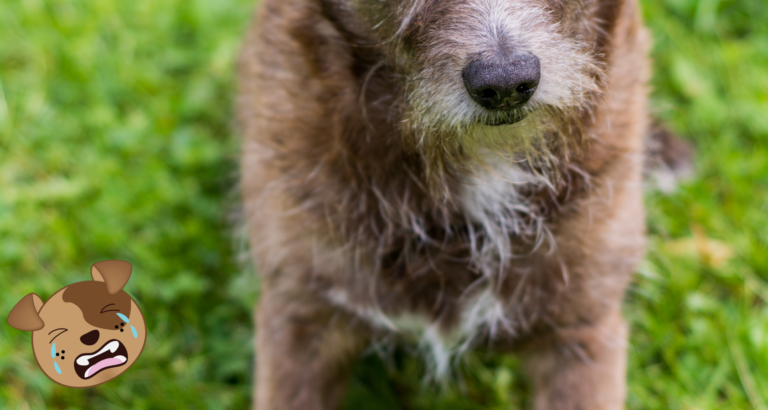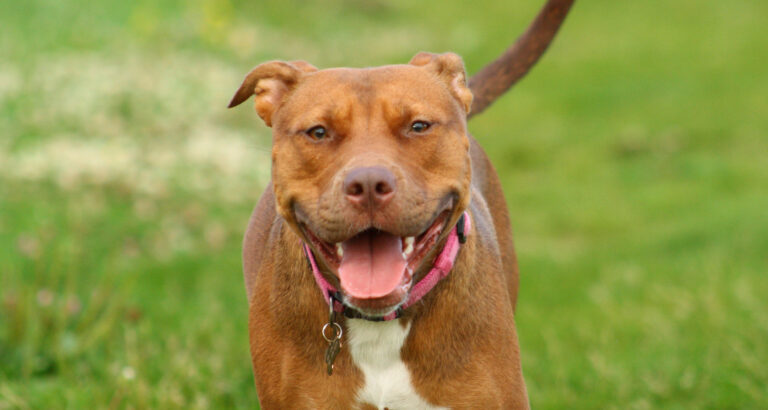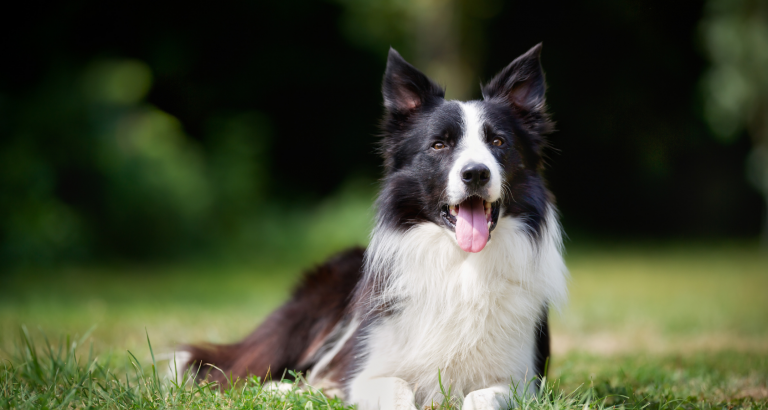Can Cat Grass Kits Save Your Houseplants from Your Cat?
Last updated on March 21st, 2023 at 12:46 am
Reading Time: 7 minutesThis post may contain affiliate links. If you click and buy we may make a commission, at no additional charge to you.
Can Cat Grass Kits Save Your Houseplants from Your Cat?
Cats or kitties are naughty pets and chew houseplants, assuming their favorite things. Being a pet parent, you cannot restrict pets to not touching your plants as they share the space. All you can do is discourage cats from staying away from your precious plants, and cat grass could be a suitable option. But can cat grass kits save your houseplants from your cats?
Quick Answer
Yes, cat grass kits definitely save houseplants by offering green leaves to cats and satisfying their desire to chew plants. Additionally, cat grass serves as healthy snacks, and your cats not only remain safe from poisonous plants but also get nutritionally packed snacks.
So, it is never too late, and you can grow cat grass at your place using a cat grass kit. It is a straightforward procedure with no rocket science technique, and here you will know everything about growing cat grass. Let’s go on!
What is Cat Grass?
Cat grass is a particular grass, or you may say a mix of cat-friendly grasses, including wheat, barley, oat, and rye. The different grass mixes give cats a healthy and digestible variety of grass. Some cat parents often confuse cat grass with the grass grown on their lawn and allow their cats to feed there. You must get the difference between cat grass and normal grass such as:
- The cat grass is grown in indoor pots under special care and has no chances of contamination. At the same time, outdoor grass has potentially toxic waste products.
- Similarly, indoor-grown cat grass has no chemical treatment, pesticides, or fertilizers. On the other hand, there is extensive use of these products in the lawn to prevent grass from insects, making it nutritionally rich and many other reasons.
- Cat grass is also softer than other grass varieties, and cats can easily digest it.
Can Cat Grass Kit Save Your Houseplants from Cats – How?
Cat grass kits are a great way to save your houseplants. You might think it is mistakenly written as everyone knows cats are carnivores and meat is their only meal, but surprisingly, cat grass is one of the safest plants cats can eat.
As cats are curious creatures, they try to nibble everything they encounter. Unfortunately, your houseplants pay the cost of cats’ nibbling habit, and cats munch on the leaves. If they don’t like the taste of any plant, they just try a few more bites to testify and move to the next plant. As a result, houseplants either lose leaves or fail to come up next time.
Without any doubt, a cat’s plant-eating habit destroys houseplants, and using cat grass to divert the cat’s attention from other plants is the best option. When cats eat green in the form of cat grass, they no longer desire to chew other houseplants, and your plants remain safe. This is all you need!
How to Grow Cat Grass with the Kit?
Growing cat grass is easy, and several cat grass kits are available online or in the stores. All you need is to get one and grow at your place with little effort. Before ordering the best cat grass kit, know what it should include. So basic cat grass kit consists of :
- Planter
- Cat grass seeds
- Soil
- Kit manual or growing instructions
Once you are confirmed that your kit has all you need to grow cat grass, follow these simple steps, and you will be done in no time:
- Sow the Seeds
Take the kit planter and soil to prepare the medium. Now fill the planter with a layer of soil and leave about 1 to 2 inches of space at the top. Take a handful of cat grass seeds and sow directly into the soil about a quarter-inch deep. Cover the seeds with a thin layer of soil and add some lukewarm water to the planter. Cover the cat grass planter with plastic wrap, and the first step is over. Move to the next one!

- Place Planter at a Sunny Spot
After sowing seeds, move the planter to a warm and dark area. Make sure to place the pot in a sunny spot of 20oC and rotate the planter a little daily to allow even sunlight exposure to all seeds. Also, keep the soil moist but avoid soaking completely. The best way is to spray the soil occasionally.
- Keep Check over the Grass
You are done with the plantation until this step, and now you have to keep an eye on the growing grass. Check it after a few days and see growth status.
If you cannot wait and see progress after two days, there will not be considerable growth, so it is better not to disturb seeds for the first few days and check after three days. It is the time when seeds are sprouted sand shows minor growth of about half an inch. Let the planter at its place and again wait for a few more days.
By day 6 or 7, the cat grass will be visible in the planter 4 to 5 inches long. Now grass has reached a considerable height, so let it grow more and don’t invite cats to eat all at this stage.
Taking Care of Cat Grass
After growing cat grass, you cannot let it unmanaged, and you need several steps to ensure cat grass will continue to grow even after your pets nibble on it:
- Cat grass leaves may get drooping over, so it is necessary to trim them back. You can give a trimming round every other week to prevent any problem.
- Do not overwater your cat grass as it may kill your grass. Water sparingly when the top of the soil is dried.
- Ensure the grass is free from pests, insects, and diseases as your cats directly consume it.
- Keep refreshing your cat grass kit to get healthy and fresh growth.
- Do not allow your cats to eat brown or wilting grass and discard it to grow a new batch.
How Long Does Cat Grass Lasts?
There are multiple factors determining the lifespan of cat grass, and different cat parents may have slightly different times with the growth.
For instance, if you have grown grass in a small container and several cats are there to consume it, the grass will be gone sooner. In comparison, it will take longer for a cat o eat cat grass from an oversized container.
Another important factor is the type of cat grass. Typically, there are two types of cat grass; first, annuals that last only up to a year, and the other is perennial that can last for more than a year.
Before planting cat grass for your cats, do not forget the size of your cat family, and then try to use multiple or large planters. You can also plant side by side to get fresh grass as it is just a matter of sowing the seeds.
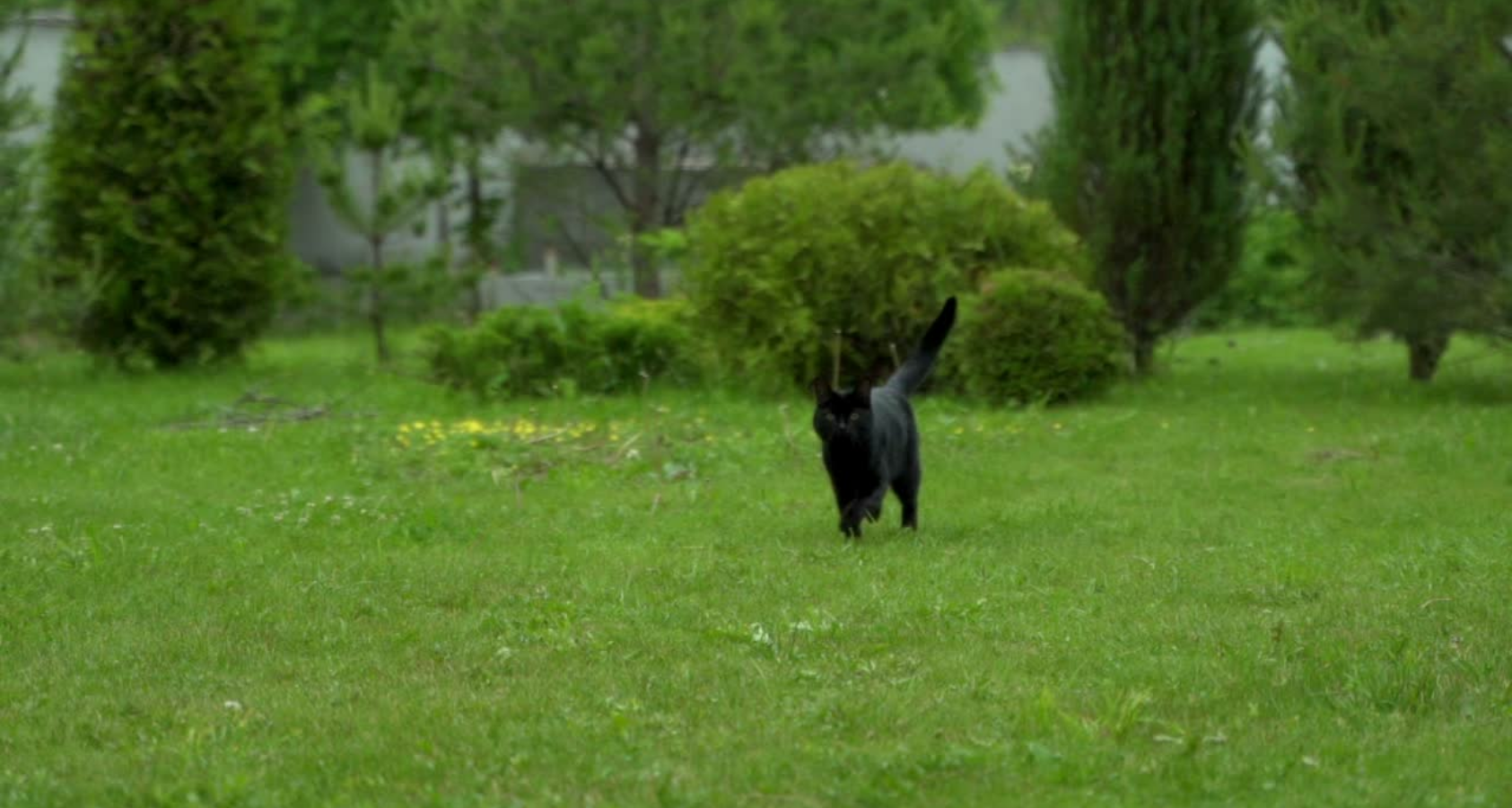
How Much is Cat Grass Safe for Cats?
Cat grass serves as a healthy addition to the cat’s diet, but it doesn’t mean overfeeding your cat. Some cat parents unknowingly allow cats to eat too much cat grass that becomes unsafe.
Some cats may also show no interest in cat grass, but others enjoy the grass. So, it is better not to give too much cat grass. Your cats can have cat grass as snacks but not as a complete meal or breakfast.
What are Some Additional Benefits of Cat Grass?
- Cat grass relieves the cat’s stomach and prevents any discomfort. If your cat has stomach upset, constipation, or other digestive issues, cat grass will prove to be beneficial as it keeps the digestive system running smoothly.
- Cats also get nutritional benefits from cats grass as it contains iron, calcium, proteins, and vitamins that help to aid tummy trouble.
- Fiber is the main element in a cat’s diet, and cat grass is good enough to provide this nutrient, so you may say cat grass is a dietary supplement for your cat.
- Cats know better to use cat grass. They use cat grass to induce vomiting after eating unsuitable or poisonous. Instead of chewing, cats use cat grass to pinch their stomach and cause vomiting to prevent possible damage from the toxic thing.
- If your cat has bad breath and you are worried about it, introduce cat grass to his diet to get positive results.
- Cat grass also has laxative properties and helps cats to pass hairball easily. Regularly consuming cat grass may result in hairballs that come out with coughing, but sometimes cats have difficulty passing on the floor. Cat grass helps a cat who is stressed to cough up a hairball.
Conclusion – Cat Grass
Cat grass is one of the cheapest and most effective ways of preventing cats from eating houseplants because they remain busy with other houseplants. This random targeting of plants can also make them sick as cats have no idea about poisonous or safe plants, and they try every variety. Cat grass helps cat owners to grow plants and give cats their special cat grass safely.
About The Author
Mother, Certified animal Behaviorist who loves pets. Has two dogs and a cat. Trained veterinarian and loves to write about her experiences.

